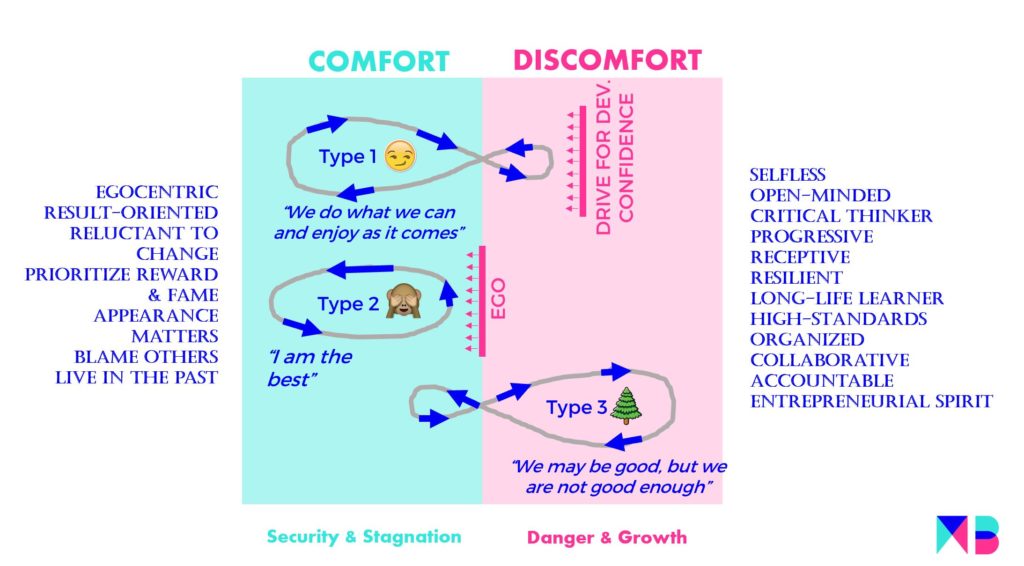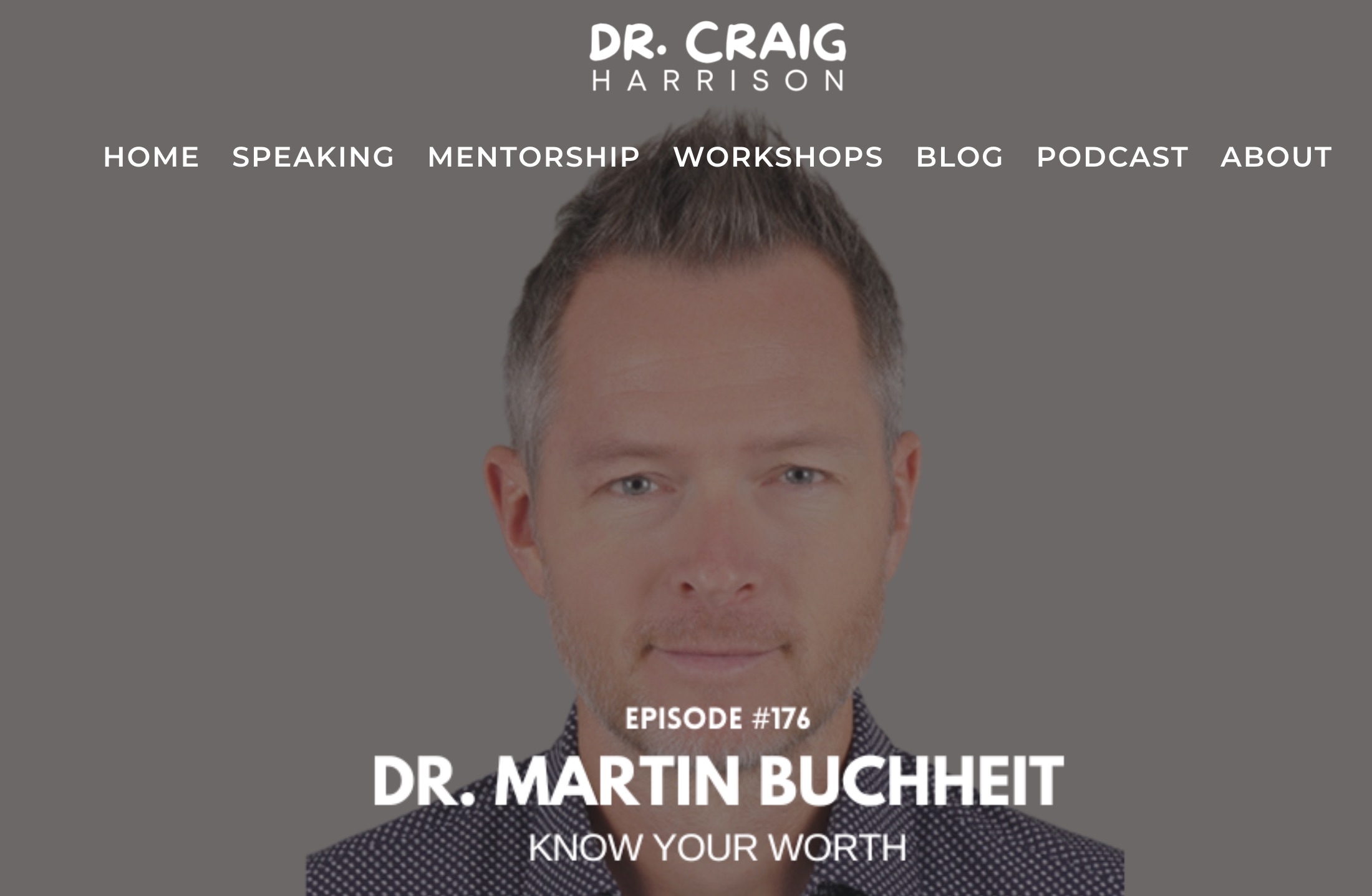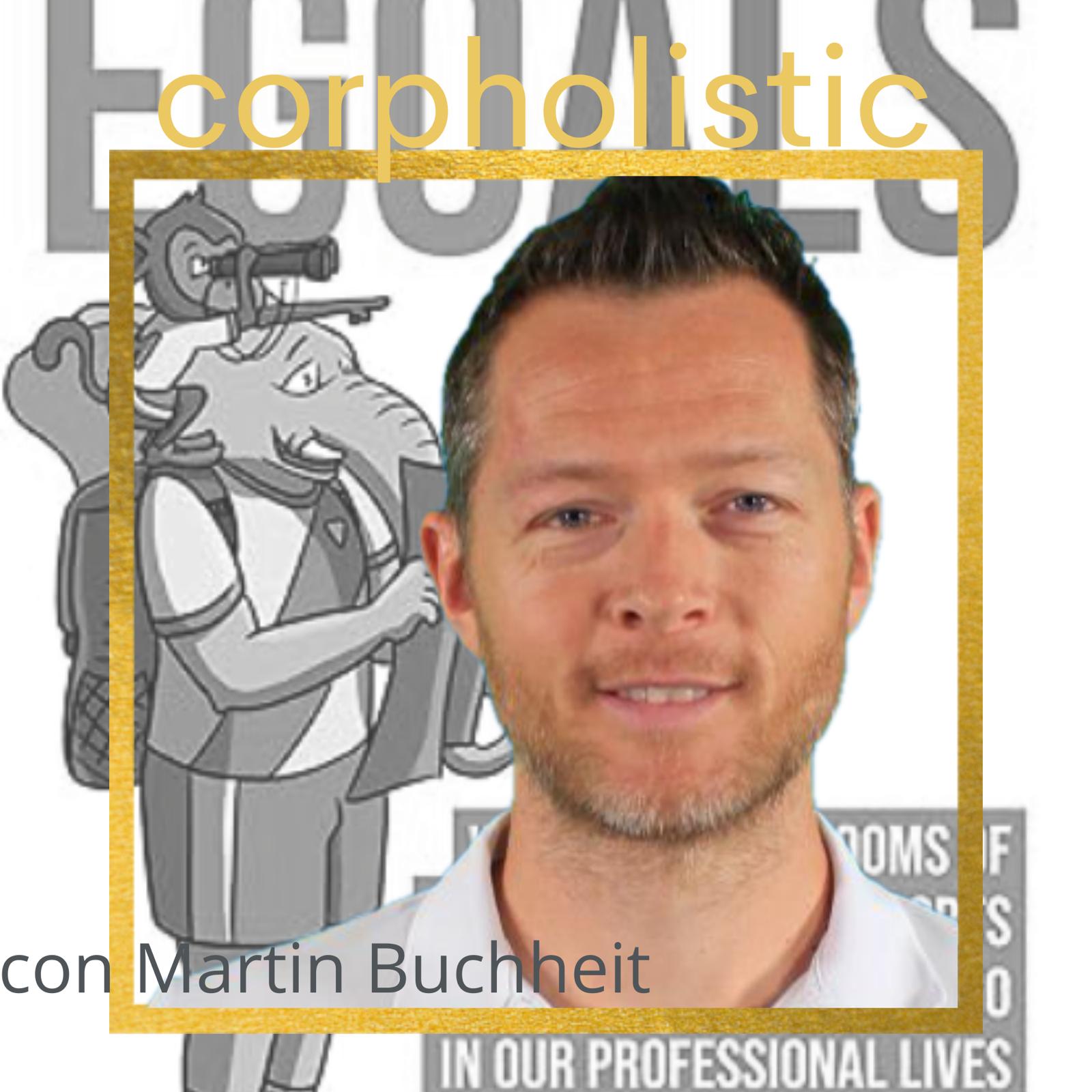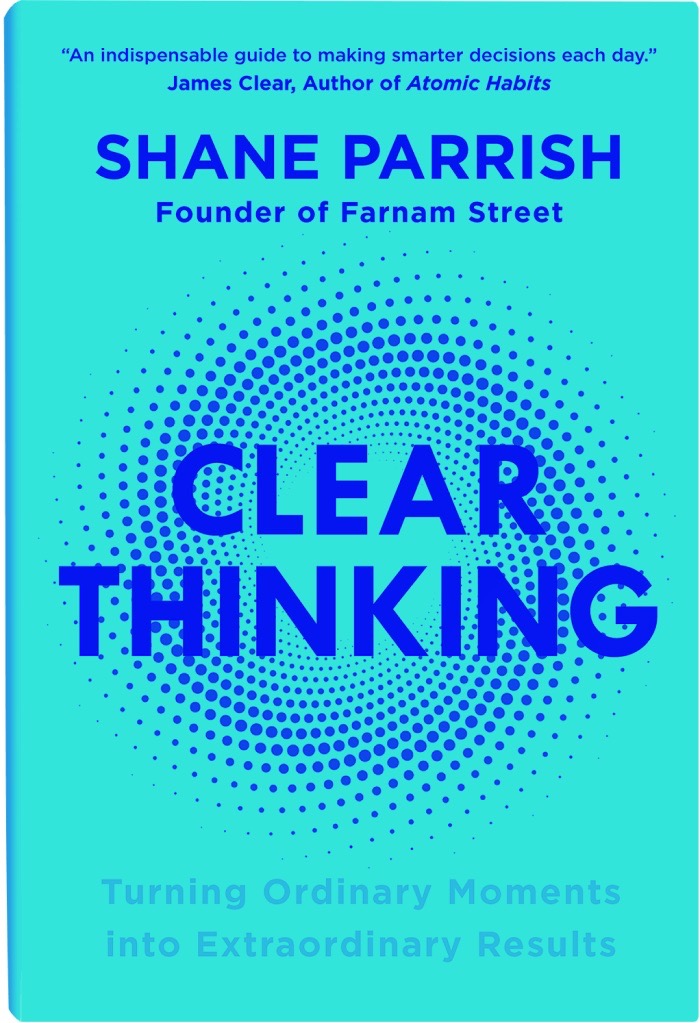Outside the Box
M. Buchheit. Outside the Box. IJSPP 2017, 12, 1001 -1002.
Full text here

When I submitted my first paper in the early 2000’s, web-based editorial manager systems were in their infancy. I posted via regular mail three hard copies of my manuscript -with a neatly hand-written cover letter- to the editor in chief of the American Journal of Physiology, who sent copies to two reviewers (contacted by email, but also often by phone or mail!). I then had to wait for a couple of months for those annotated copies to be returned… with the final decision being…’rejected’. At this time, irrespective of the outcome, submitting and getting a paper reviewed was already an achievement. The procedure in itself was a lesson of patience and humility, which likely made academics think twice before starting the overall process. Today with electronic platforms, submissions can be completed in 15 min and reviewers, secured within a few clicks. Considering the ongoing development of new technologies that facilitate data collection, and more importantly the increased need for achieving greater academic levels and the associated ‘necessity’ to publish, the number of research paper submissions has never been so high. The acceptance rate in well-ranked journals ranges from <10% (e.g., Nature) to 20-30%. For IJSPP, on the 795 papers submitted in 2016, only 214 made it in print. In overall, publishing papers has never been so competitive.
An even greater level of competitiveness can be seen when it comes to work as a practitioner in high-profile institutions and clubs. Back in the days, these positions were mainly accessible for former top athletes, who would drag with them the practitioners that worked with them during their career. With the expansion of individual athlete care in elite structures and the development of sport analytics as a whole, some of these jobs are now also accessible to people from outside the sport itself; further increasing the competitiveness of those positions. Every year, >1000-1500 Sport Sciences and/or Strength & Conditioning master students graduate in each European country;1 the number of available positions, in contrast, likely stagnates or may only grow at a very slow rate.
So, how do researchers get their papers within the 10-25%? How do aspiring coaches/sport scientists get the job everyone dreams of? The answer is simple: they break from the pack, make the choice to become a “linchpin”,2 surpass their peers while doing differently and better. They do what the others are not prepared to do. In addition to the necessary levels of knowledge, skills and experience that make great researchers and practitioners, some specific character traits are required to make an impact.3-5 Here, I wish to discuss further this aspect, using the example of 3 personality archetypes in relation to people’s ability and willingness to grow, share knowledge, collaborate and adopt an open-minded attitude. The archetypes are based on the idea that people’s mindset travels continually back and forth through an infinity-shape loop (Figure 1), between more (left) and less (right) comfortable zones; its however where people sit for most of the time that define their profile and allows them to make a substantial difference (or not).

Figure 1. Schematic representation of the three personality archetypes. The archetypes are based on the idea that people’s mindset travels continually back and forth through an infinity-shape loop (Figure 1), between more (left) and less (right) uncomfortable zones. Drive for dev: derive for development.
- Type 1. Balanced profile, which reflects the mindset of the majority of people. They spend most of their time in their comfort zone (Figure 1), but can, when required and/or when pushed by others, step out transiently to grow and make substantial progress. Most of them stay nevertheless for a long time on the left side of the loop by laziness and/or naively believing that “it will be ok”. The others miss a strong drive for improvement, and/or self-confidence to make the Type 3. Their chances to make the 10-25% are real but limited; those for the good jobs are almost null.
- Type 2. These people have often been working in high-level positions for a long time, both at the academic (e.g., head of faculty or departments, journal editors) and practitioner (e.g., head coaches, head physios and strength coaches) levels. They have chosen to ‘be’, rather than to do, even though this meant compromising their integrity at some stages. This is not a problem for them, as long as their titles, salary, public roles are secured and allow them to feel unique and important. Centred on themselves, they check the boxes, and continue within the same looping circle that keeps them in their own comfort zone (Figure 1). They purposely avoid challenges and can’t be bothered listening to others. They are “more satisfied with old problems than committed to finding new solutions”.6 When it comes to giving lectures, they teach what they know, not what the students need. They want to have their names on papers as last authors, but they wouldn’t be able to collect the data or discuss the stats and study findings. Their blindness keeps them away from the recent literature and the reality of journal requirements (i.e., topics, quality, designs), which inevitably leads to inappropriate and irrelevant submissions, likely to be directly rejected by editors. In some extreme scenarios, people keep digging deeper against the evidence. For example, while the need to move away from the null hypothesis testing approach is in the process of being accepted,7,8 those running into their own circle (or staying on orbit9) still ignore effect magnitudes10 and chose to further decrease the P value threshold to make decisions (<0.005)11!? In high-performance sports, those people don’t read research papers either, never update their skills and methods. They avoid to use new technologies and keep delivering outdated programs. They purposively don’t share what they do to protect themselves. Their focus on their own personal comfort is so prevalent that it often derails the optimal training or recovery process of the athletes they are in charge of. “They want to wear the tracksuit but not run the laps”.3 Providing any advice to help those people is a waste of space here, since they would not be reading these lines anyway. While they made some of the 10-25% or got some of the good jobs by luck and opportunism, their future is related to their political and survival strategies.

- Type 3. Complete opposite of Type 2. Ultimate progression of Type 1 toward the right side of the shape (Figure 1). Those people are selfless, open-minded, curious, ambitious, accountable for their actions and show a critical mind. They know well that getting “out of the box” is necessary to learn, grow, innovate, create and eventually, succeed. They have understood that life is continuously brought into question, and are always willing to do better. They have embraced the uncomfortable truth that natural assets and talent can be outmatched through consistent efforts, deliberate practice,12 and in turn, the development of skills. There are open to constructive criticism.13 They listen more than they talk. They are not afraid to ask for help. They accept and acknowledge their errors to learn from them. In fact, they set very high standards for themselves, apply strict self-discipline and tend to be long-life learners:14 they read daily, listen to podcasts from various fields, travel, seek for information in different disciplines and always say yes when it comes to share experience and knowledge. They are more concerned by the process than by the results. They are interested in “doing”, and act to keep their integrity. They treat everyone the same, regardless of their status.14 They are those the more likely to make the 10-25% and to get some of the highly-competitive jobs.
Everyone is free to take the life path they want, and there are likely as many ways to follow as there are people. While I’ll never feel entitled to give any lessons to anybody, there is a feeling that less ego, more open-mindedness and collaborative work (i.e., Type 3 archetype) should help getting more quality papers out and delivering better programs to athletes. Successful people manage to enjoy life daily and keep doing what they want, which helps them to realize their potential both at the academic or field level. Getting out of box is likely compulsory to achieve this on the long term.
Martin Buchheit
Associate Editor IJSPP
Acknowledgements: Many thanks to my Type 3 friends Mathieu Lacome, Ben Simpson and Yann LeMeur for their insightful comments on a draft of the present manuscript.
References
- Ingham S, A letter to the 15000. Https://www.Supportingchampions.Co.Uk/single-post/2015/09/27/a-letter-to-the-15000-updated-for-2016, in Supporting Champions. 2015.
- Godin S, Linchpin: Are you indispensable? 2011, London: Peunguin Books.
- Close GL, Changing an athlete’s behaviour: What can we learn from sport psychology? Http://www.Closenutrition.Com/?P=619, in Close Nutrition. 2017.
- Buchheit M. Chasing the 0.2. Int J Sports Physiol Perform, 2016;11(4):417-418.
- Mujika I. Winning the big medals. Int J Sports Physiol Perform, 2017;12(3):273-274.
- Maxwell JC, Thinking for a change: 11 ways highly successful people approach life and work 2005: Warner Books, Inc.
- Buchheit M. The numbers will love you back in return-i promise. Int J Sports Physiol Perform, 2016;11(4):551-4.
- Nuzzo R. Scientific method: Statistical errors. Nature, 2014;506(7487):150-2.
- Buchheit M. Houston, we still have a problem. Int J Sports Physiol Perform, 2017:1-13.
- Cohen J. Things i have learned (so far). American Psychologist, 1990;45:1304-1312.
- Benjamin DJ, Berger OJ, Johannesson M, et al. Redefine statistical significance. Nature Human Behaviour, 2017. DOI: doi:10.1038/s41562-017-0189-z.
- Ericsson KA and Pool E, Peak: Secrets from the new science of expertise. 2016: Boston: Houghton Mifflin Harcourt.
- Cressey E, The success is in the struggle. Https://ericcressey.Com/the-success-is-in-the-struggle, in Eric Cressey. 2017.
- McCaw A, 7 keys to being a great coach: Become your best and they will too, ed. K. Whyte. 2016: PrintShopCentral.com.



